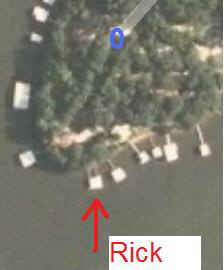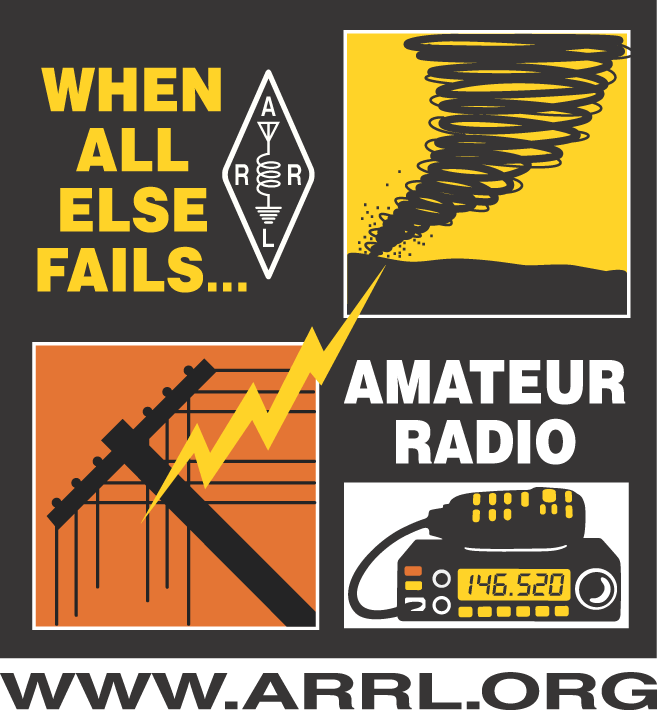
WBØGZR



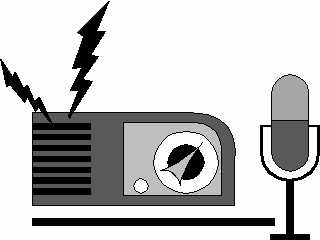
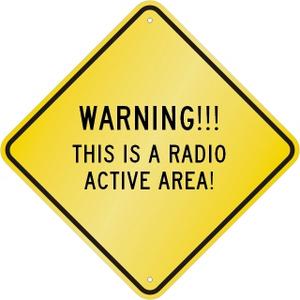




Been a Ham since 1971 & my 1st call was WNØGZR & ASAP I upgraded to WBØGZR with Advanced Privileges. As you can see my Rig is a Kenwood setup & running a 1500 watts on CW, SSB, SSTV & FM on 10 meters.



Morse Code Generator

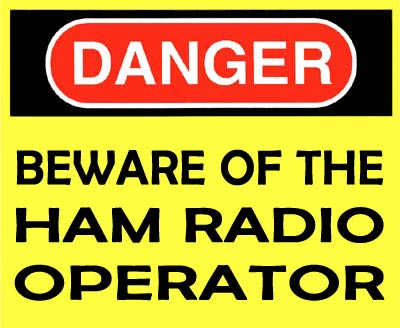

My Heathkit set up in 1975
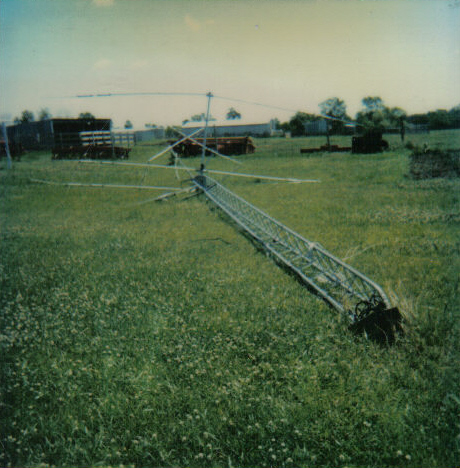
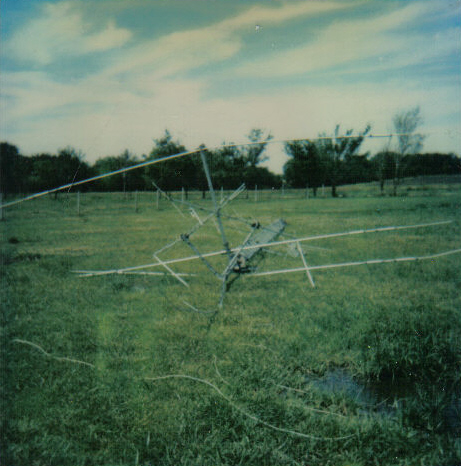
Tornado hit my tower in 1976 near Wellsville, Kansas
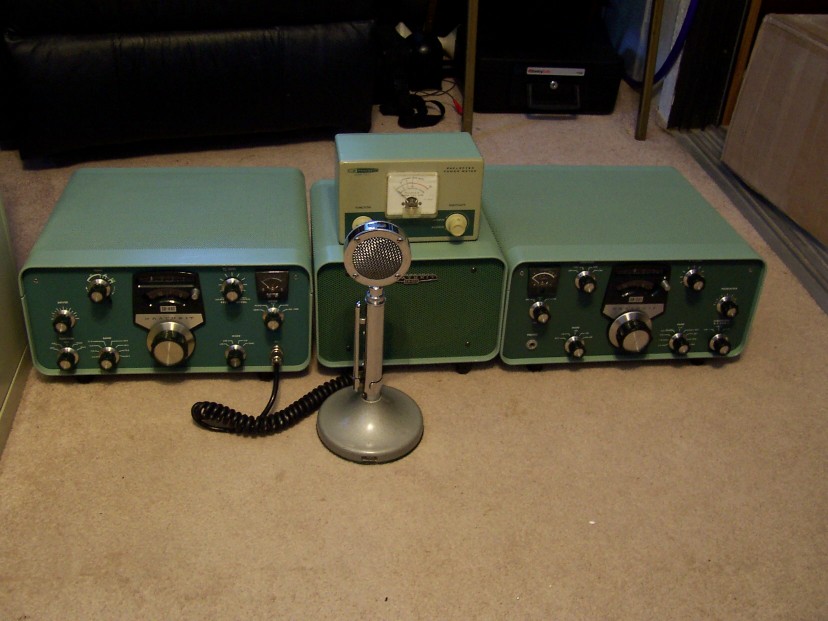
Restored this Heathkit SB-301-401 on 7/12/2009
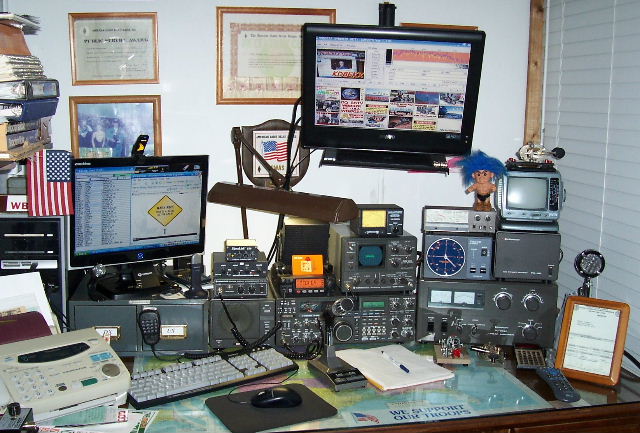
The Kenwood gear has been replace with Yaesu gear seen in the picture below.
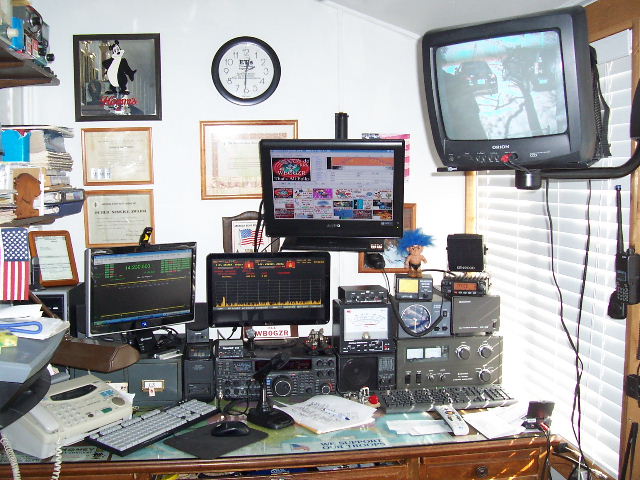
The Rig I using now is a Yaesu FT-2000 with the DMU-2000 & a Kenwood TL-922A AMP with an inverted Vee 80/75 meters & a Hy-Gain Quad-Band EXP-14/Explorer 14 for 40-10 meters.
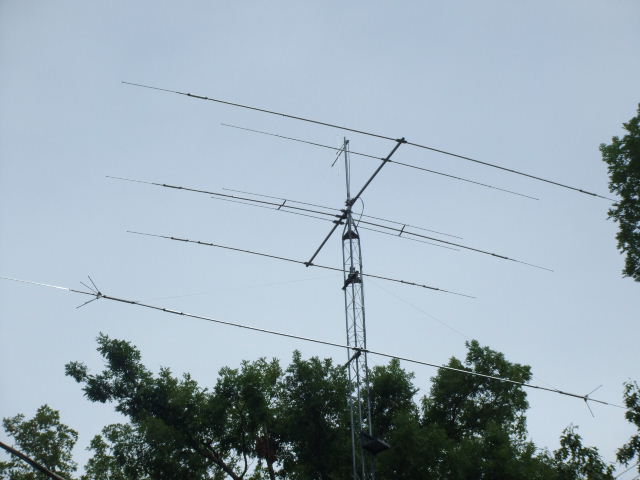
Took the 40 meter add on off the beam & fixed mounted it to the tower just below the beam
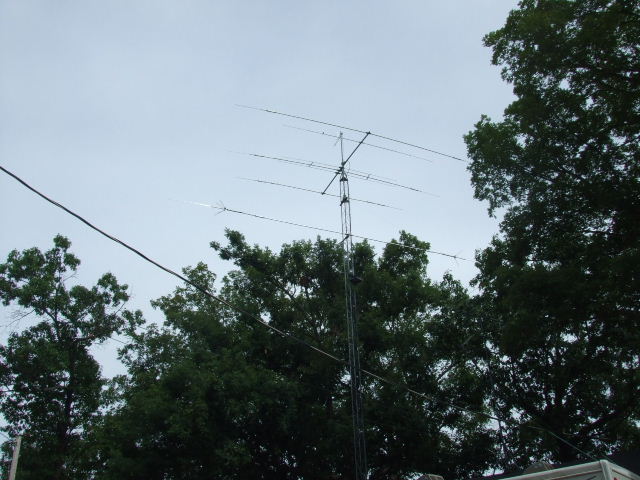
Tower is 65 feet on the North side & 100 feet on the South side
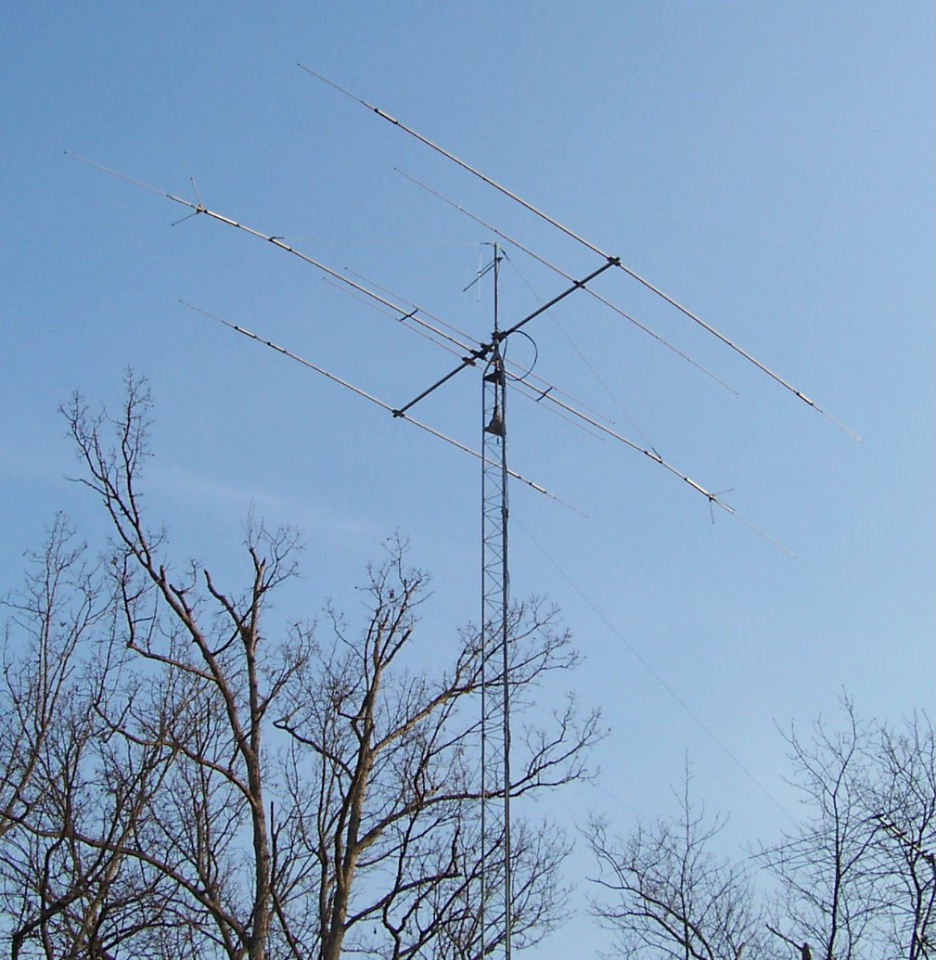
This was my old set up with the 40 meter on the beam
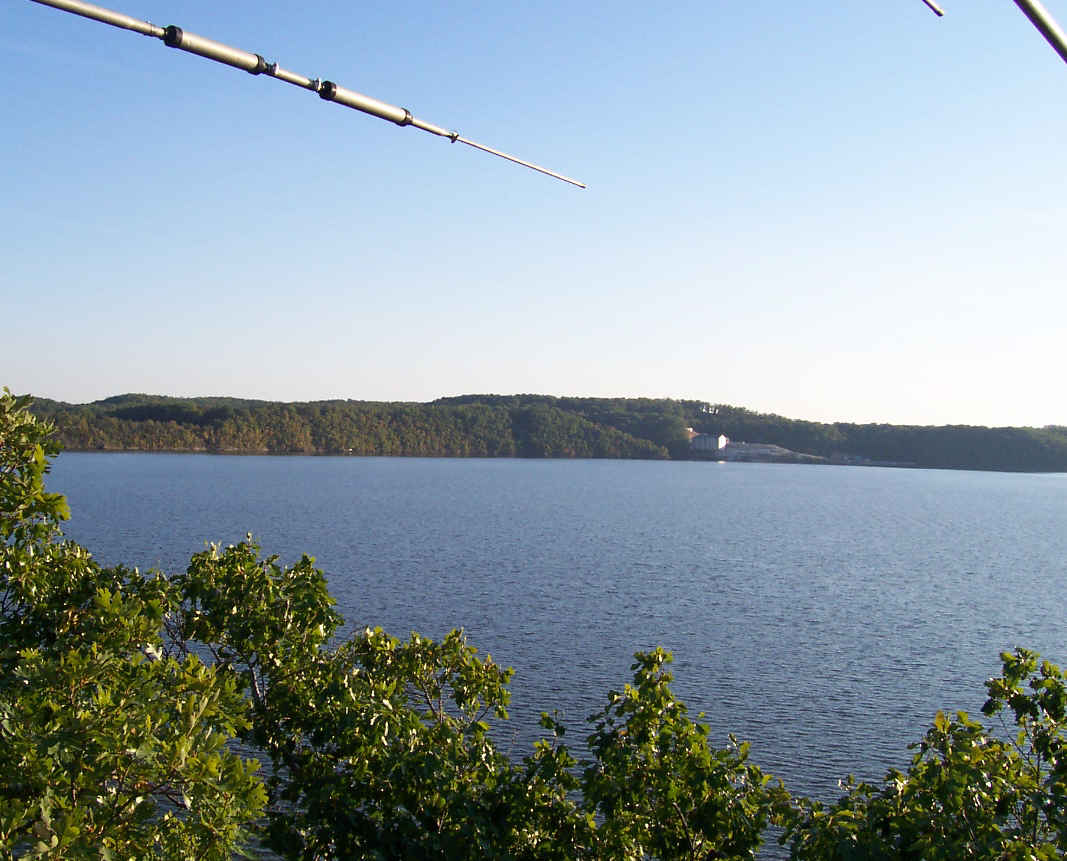
Picture 5 feet from the top off the tower that the antenna overlooks, you are looking due South.



I've had an Advanced Ham Radio License since 1971

My # is 199 - Dec. 30th 1974
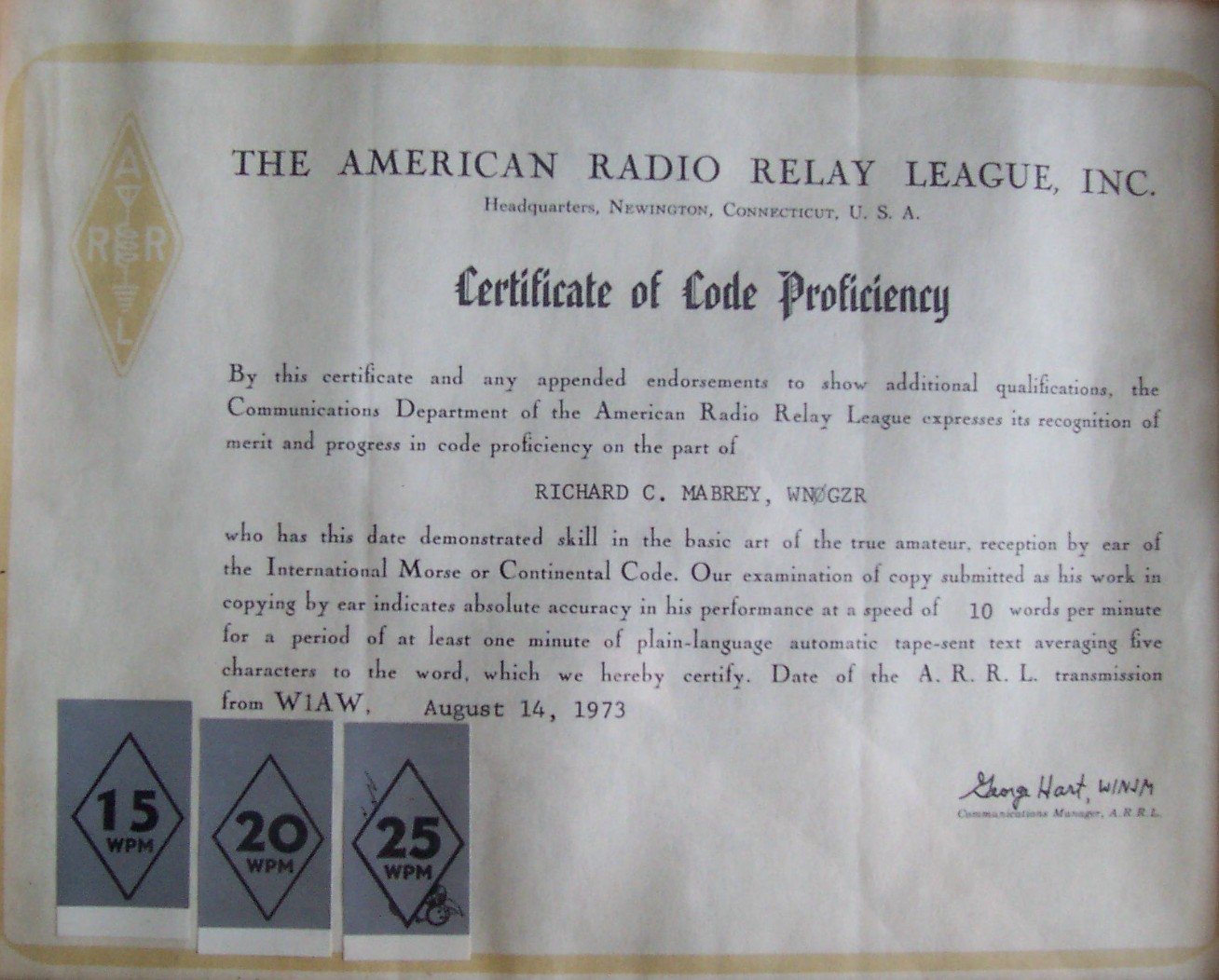
25 WPM Sticker, Aug. 14th 1973
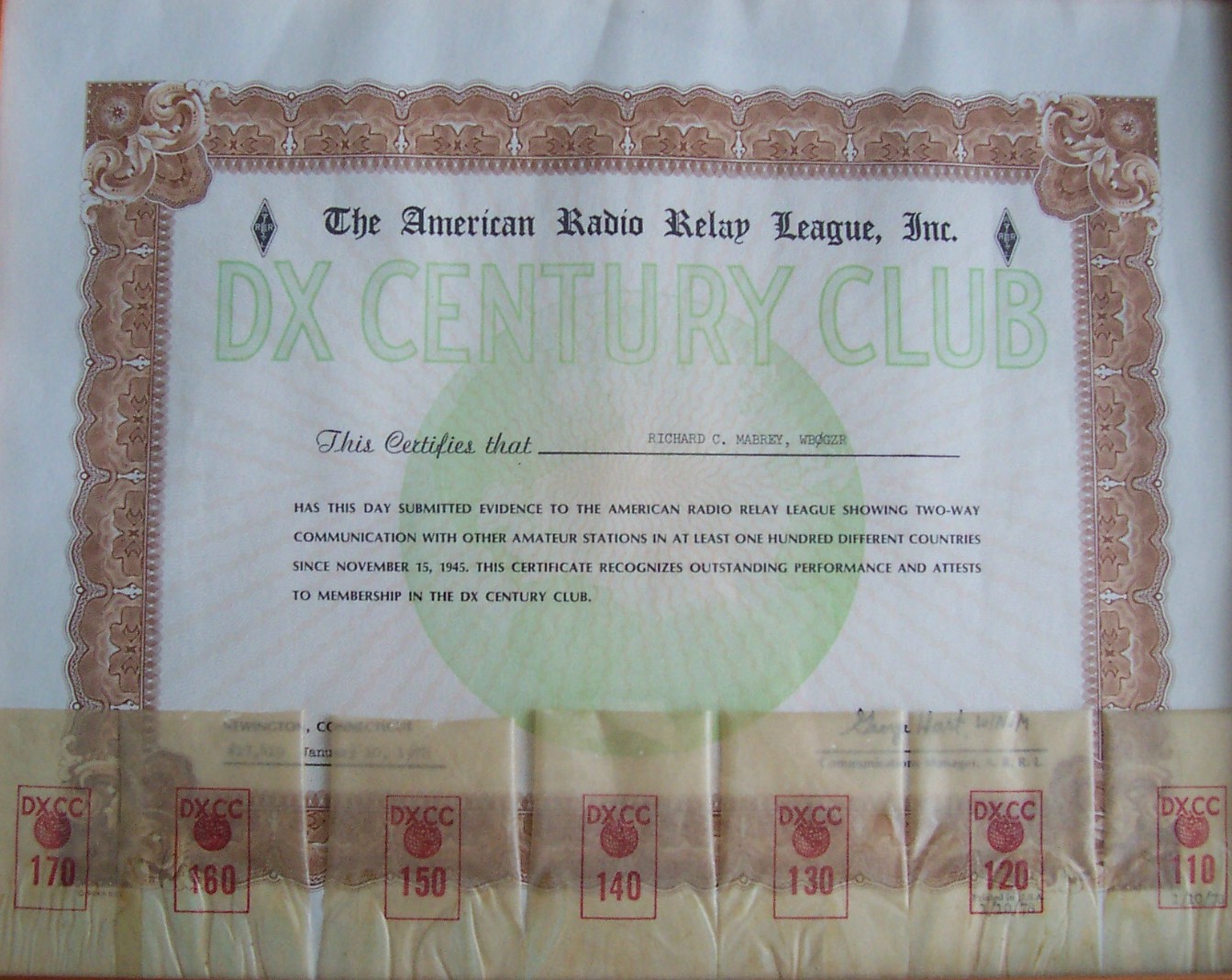
170+ Sticker, Jan. 10th 1978
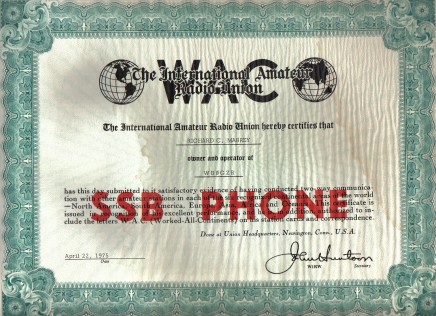
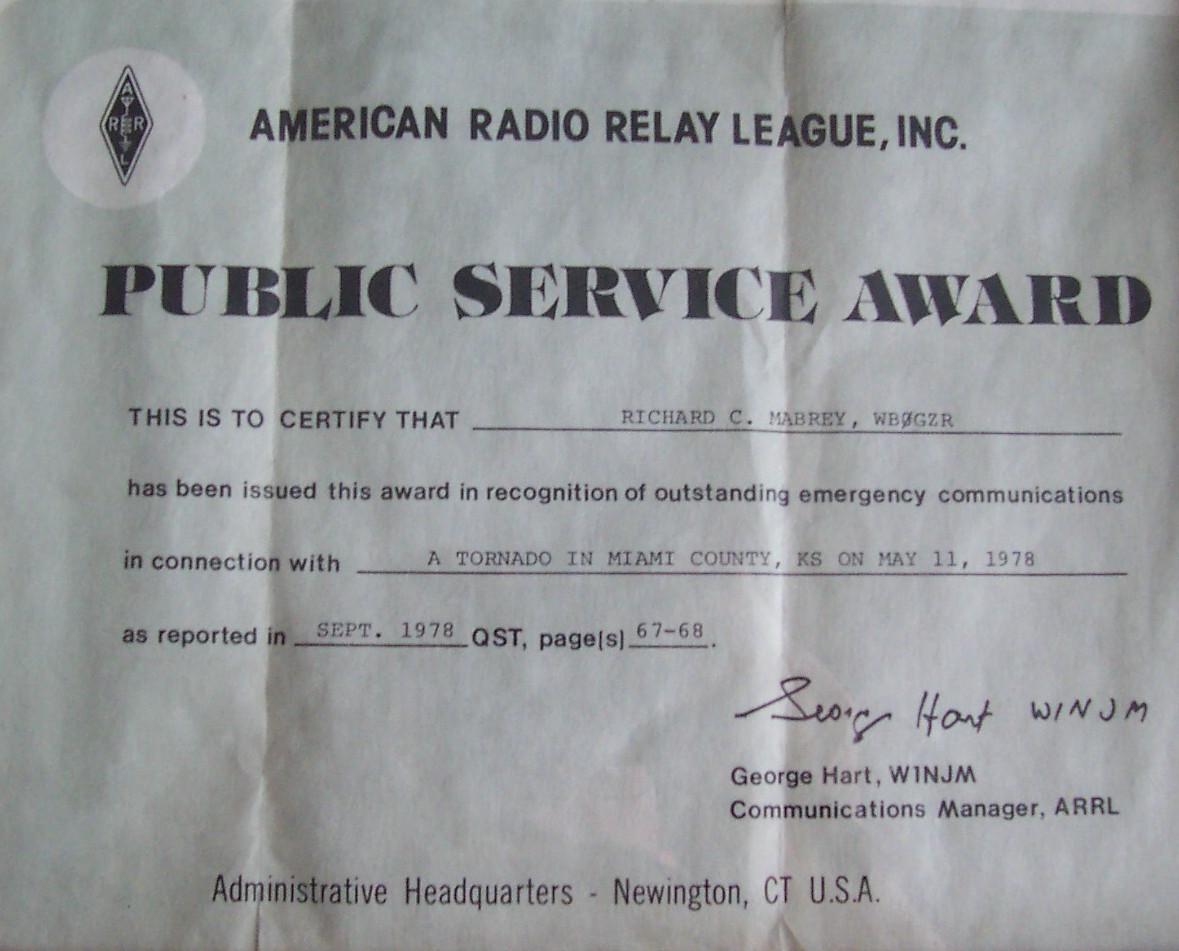
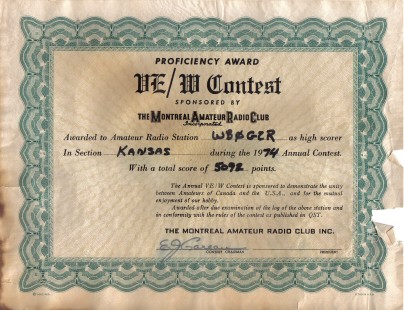
WM7D Call Sign Lookup
QRZ Call Sign lookup










